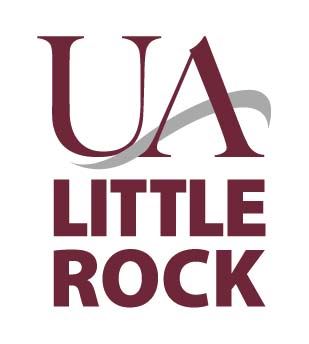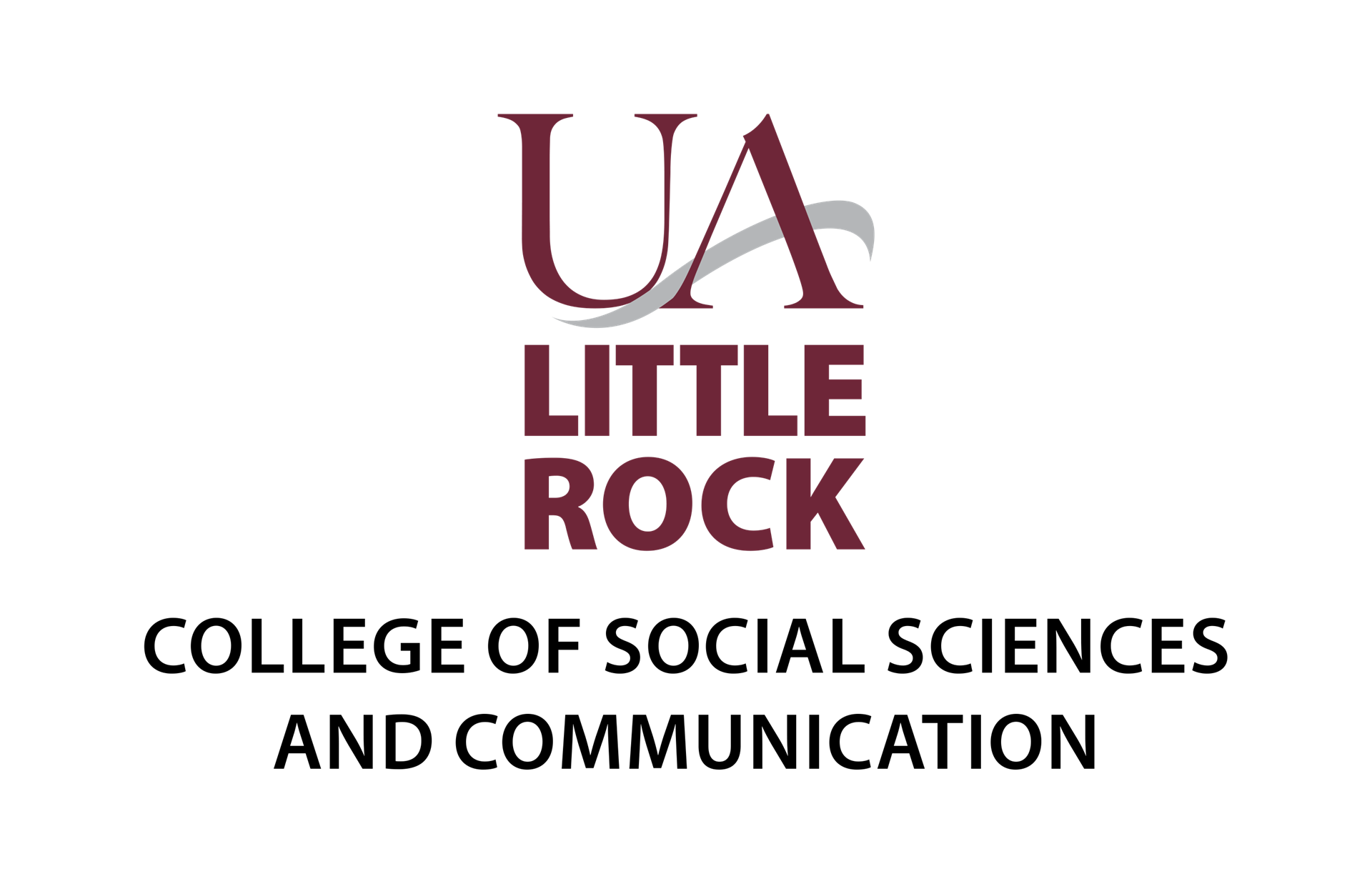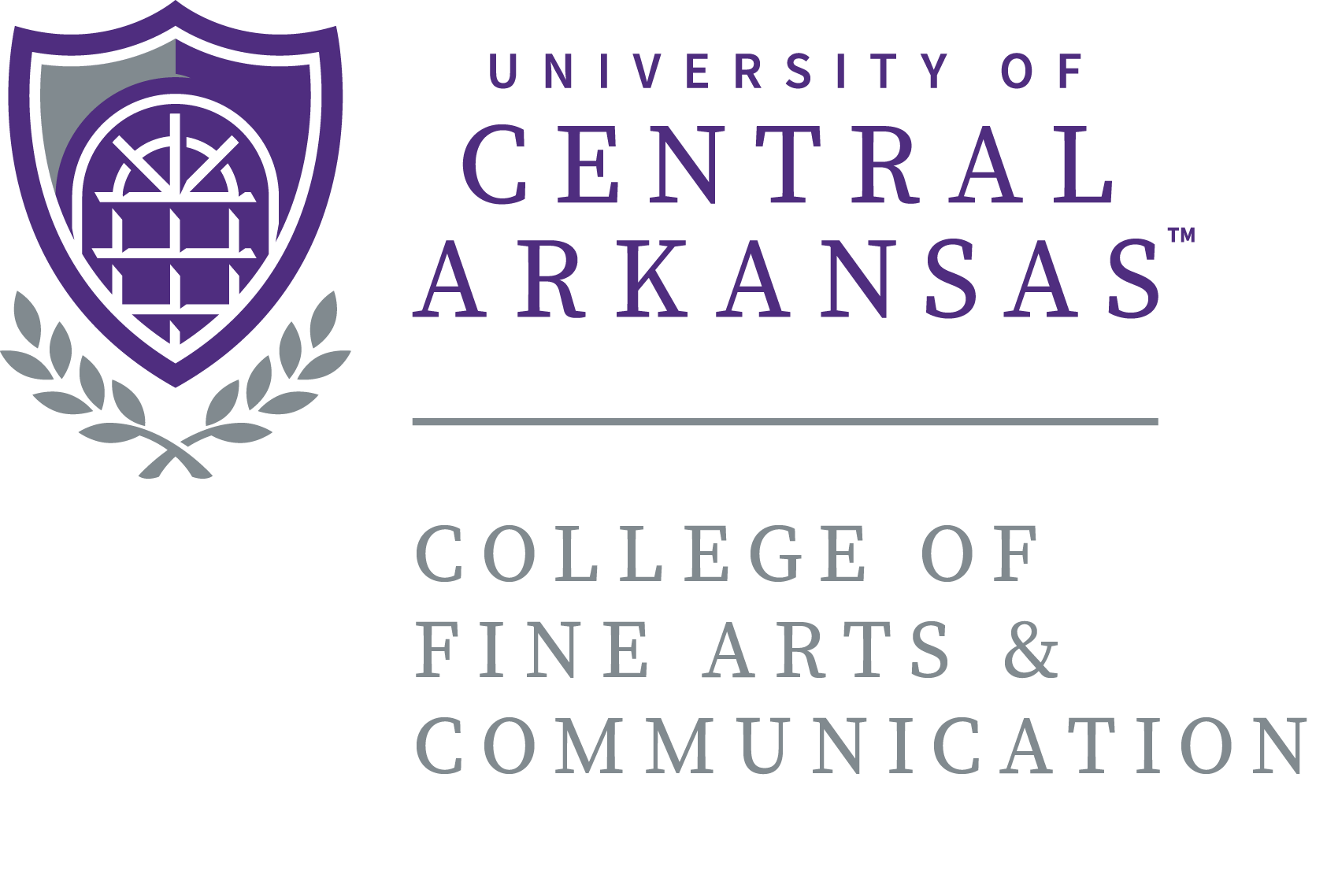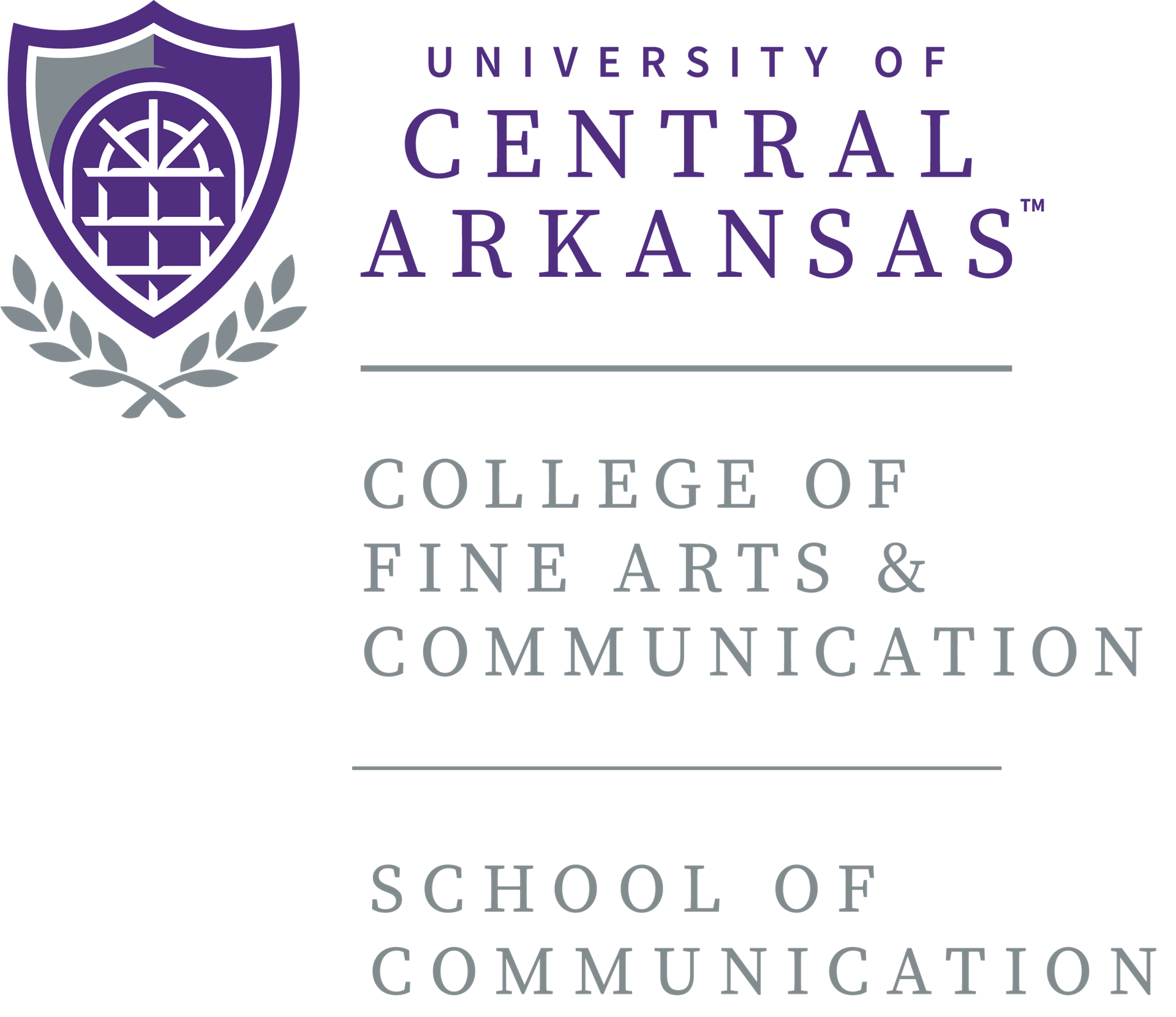
36th Annual AJHA Convention
Little Rock | Oct. 12-14, 2017
Convention contacts Convention Coordinator Registration Coordinator Program Coordinator Convention hosts Sonny Rhodes | Paper Abstracts Go to: Program | Panel Abstracts | Research in Progress Dominique
Trudel, Concordia University, “Revisiting the Origins of Communication
Research: Walter Lippmann’s WWII Adventure in Propaganda and
Psychological Warfare” ♦
Based on a close study of Walter Lippmann’s correspondence and
publications, this paper aims to critically reconsider his legacy in the
field of communication. To this end, the author focuses on Lippmann’s
involvement in propaganda and psychological warfare activities during
the Second World War. Following a succinct overview of the history of
the psychological warfare and propaganda agencies, the author
successively explores three different aspects of Lippmann’s involvement.
First, Lippmann’s contribution to the activities of the Committee for
National Morale. Second, the relationship between Lippmann and William
“Wild Bill” Donovan–the director of the Office of the Coordinator of
Information and the Office of Strategic Services. Third, the author
turns to the relationship between Lippmann and Assistant Secretary of
War John J. McCloy, and explores Lippmann’s role in the War Department’s
Psychological Warfare Branch. |
Convention hosts & sponsors





